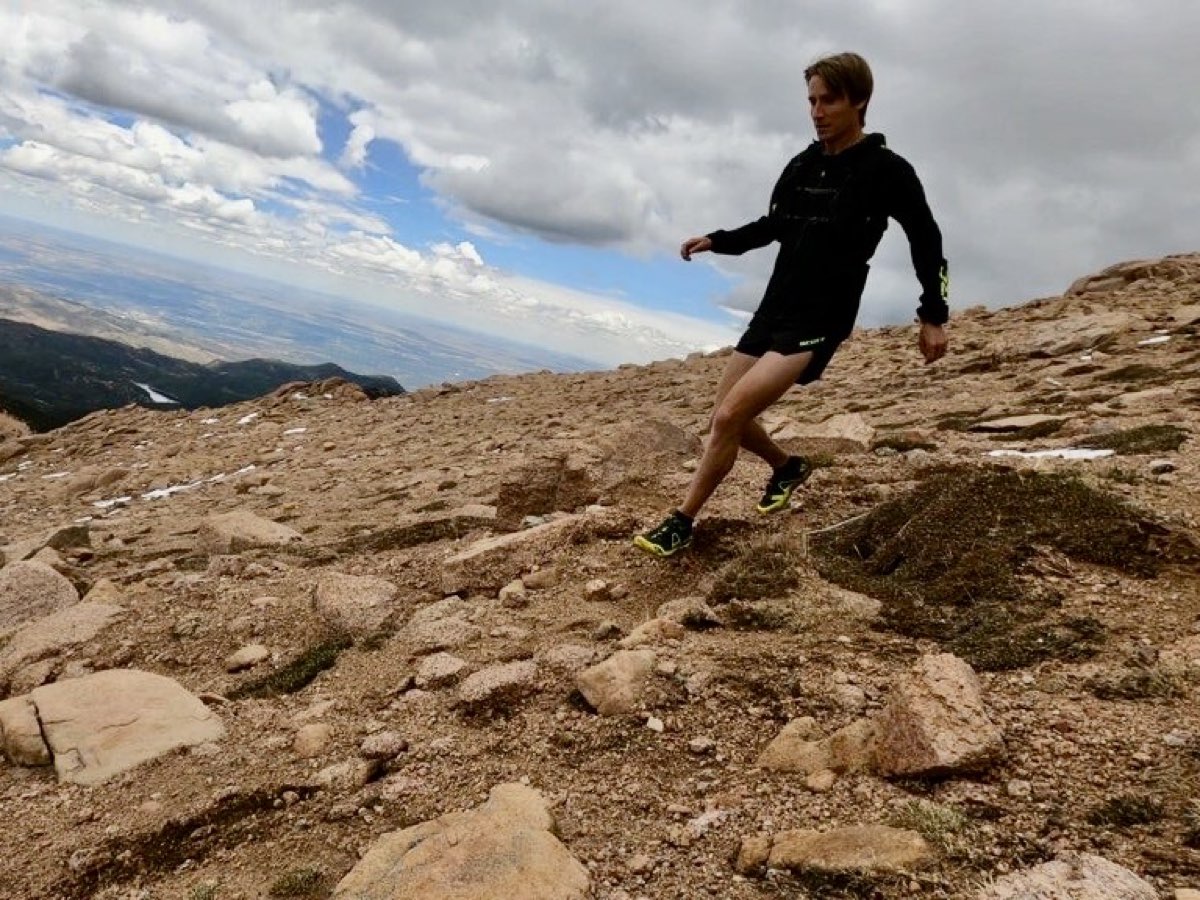Here in Colorado, summer is now in full swing. The snowfields above treeline are melting quickly and the marmots are ready to welcome us back to the high country. I’m excited to get back out there, but like many people, my spring-training base has been less than ideal. As the world shut down in March due to the COVID-19 pandemic, many of us were unable to hit the trails like we normally would to prepare for the summer racing season. Then, races were canceled and motivation to stay fit became difficult. Now that the many trails and open spaces are opening back up, it feels like the last day of elementary school and I’m ready to sprint out into the mountains! It’s a great time to regain some of that motivation that may have been lost during quarantine, but also a moment that requires some caution.
My personal experience this spring is basically a what-not-to-do guide during this return to the trails. After my goal race, the Western States 100, was canceled and it became clear that I wouldn’t be racing anytime soon, my running quickly lost all structure. I would run occasionally, but always alone and mostly just on the city trails near my house. As the restrictions began to loosen, I jumped straight into the deep end with some long days out on the trails. I went on runs that I wasn’t prepared to handle, and it came as no surprise that I injured myself. This cycle repeated itself a few times as I would come back from an injury, get excited about a run, and then the injury would return. Sound familiar to you?
It has also occurred to me that, though we’re currently returning to the trails post-pandemic closures, these ideas apply to any situation where you’ve been away from the trails’ burly conditions for long enough that you lose your adaptation to them. The question then becomes, what can we do about it? What’s a good re-adaptation process that allows us to get back out there healthfully?
Create an Outline for Your Training
The very first, and perhaps the most important, step you can take during this time is to design a training outline and create some goals for yourself. Even if you don’t have the opportunity to plan for a race, a Strava segment or even just a new run you’ve wanted to do for a while can be a great way to give your outline some purpose.
After setting up some goals to aim for, take a hard look at what you have been doing lately and see how that lines up with your ideal training volume. Assuming you are like me and that your training has been less than normal, start with roughly 20% to 30% of your ideal volume. If you want to be running 10 hours a week by the end of the summer, start your first week with just two or three hours. This will help you avoid the urge to run more than you are ready to handle and avoid injuries as you return to more running. Starting with such a limited running schedule can be really difficult to follow, but it will help your long-term goals to start with a reasonable week and build from there.
Take Vertical Change Seriously
If your local trails have been closed, or you just have not had the chance to run anything with elevation change, treat your trail days like your high-intensity workout days. Try starting with just a single trail run per week, then add in more elevation change by alternating trail runs with flat runs to give your body a chance to adapt to the added stress of climbs and descents. Again, don’t do what I did and go from zero to too many feet of climbing! It’s a recipe for disaster. Your trail legs will come back, but it will take some time and self-restraint (which I apparently lacked).
Be Patient With Yourself
As you get back into the mountains, really try to give yourself some flexibility. You probably aren’t going to be back in top shape right away, so don’t feel pressure to match the paces that you were running last summer. It’s okay to run slower! If that means hiking some climbs that you used to run, that’s good too. The point is to get back into the outdoors and enjoy the process. The fitness will return, but only if you give your body time to adapt.
Appreciate What You Have
This time has made me realize just how fantastic it is to be able to go out and run long distances in nature. I have a new level of appreciation for being on the trails. This appreciation has been a great source of motivation for me. It is really true that we don’t appreciate what we have until it is taken away. Running through the mountains and trails is a privilege that I hope I never take for granted, but in order to get back to the trails and places I want to be, I know that I need to be realistic in my expectations. Let your return to your favorite places motivate you to train smart, challenge yourself with new goals, and truly appreciate where your feet can take you. That’s really what it’s all about.
Call for Comments
- Are you also returning to the trails after some months away due to the COVID-19 pandemic? How is the transition going for you?
- In the past and due to an off-season, injury, or something else, have you had to readapt to the conditions of the trail? If so, what have you done right and wrong in the process?


